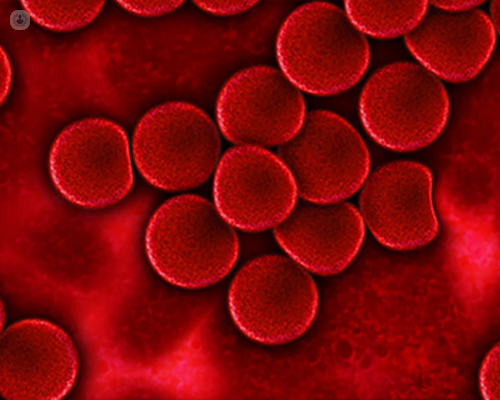Free Light Chains
What is being analysed?
Free Light Chains (FLCs) are proteins produced by plasma cells in the body. They consist of two types: kappa (κ) and lambda (λ) chains. Analysis involves measuring the levels of these FLCs in the blood.

What does the result mean?
The result indicates the concentration of free light chains in the blood. Elevated levels may suggest conditions such as multiple myeloma or other plasma cell disorders.
Why perform the analysis?
Analysing free light chains is crucial for diagnosing and monitoring plasma cell disorders. It helps healthcare professionals understand the extent of abnormal plasma cell activity.
When to conduct the analysis?
The analysis is typically recommended when there is suspicion of a plasma cell disorder, unexplained kidney issues, or other symptoms that may indicate abnormal FLC levels.
What sample is required?
A blood sample is required for the analysis. It is drawn from a vein, usually in the arm.
Is any type of prior preparation necessary?
No specific preparation is needed. However, it's advisable to inform your healthcare provider about any medications or supplements you are taking.
How is it used?
FLC analysis aids in the diagnosis, prognosis, and monitoring of plasma cell disorders. It provides valuable information for healthcare providers to plan appropriate treatment strategies.
What are the normal values?
|
Free Light Chain |
Normal Range (mg/L) |
|
Kappa (κ) |
3.3 - 19.4 |
|
Lambda (λ) |
5.7 - 26.3 |
What does it mean to have altered values?
Elevated or reduced levels of free light chains may indicate underlying health issues. Increased FLCs could suggest conditions like multiple myeloma, while decreased levels might be associated with certain kidney diseases.